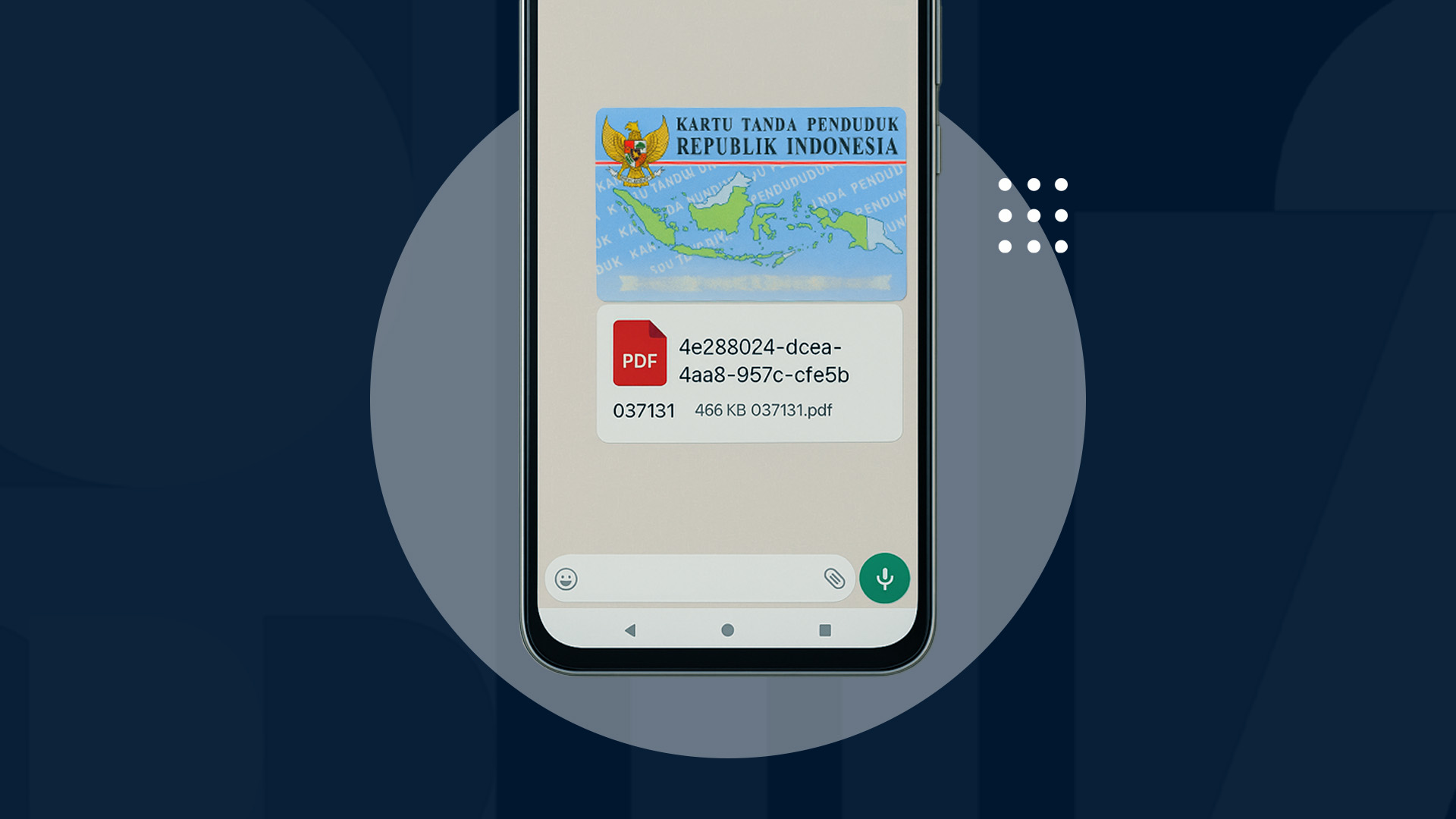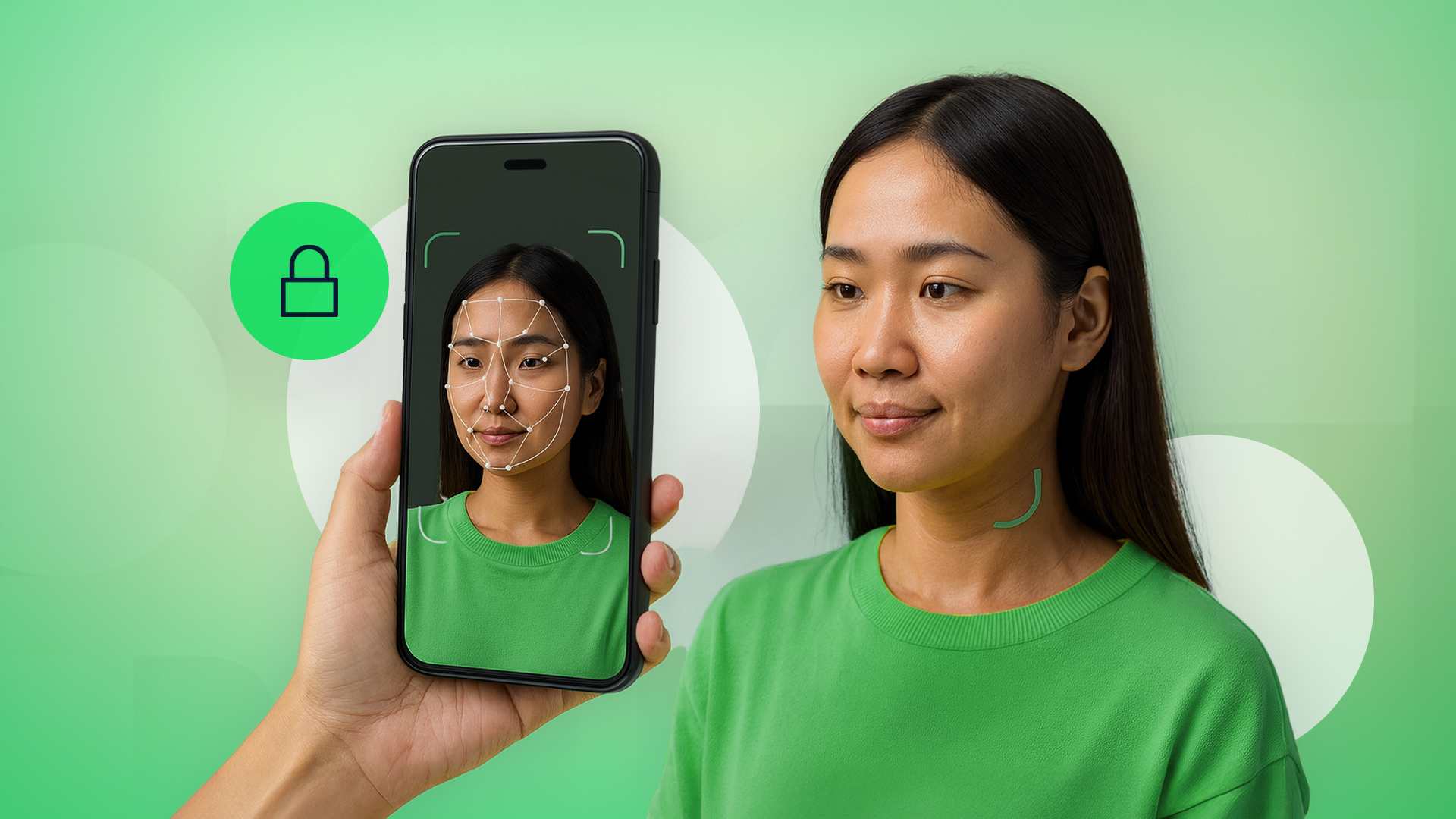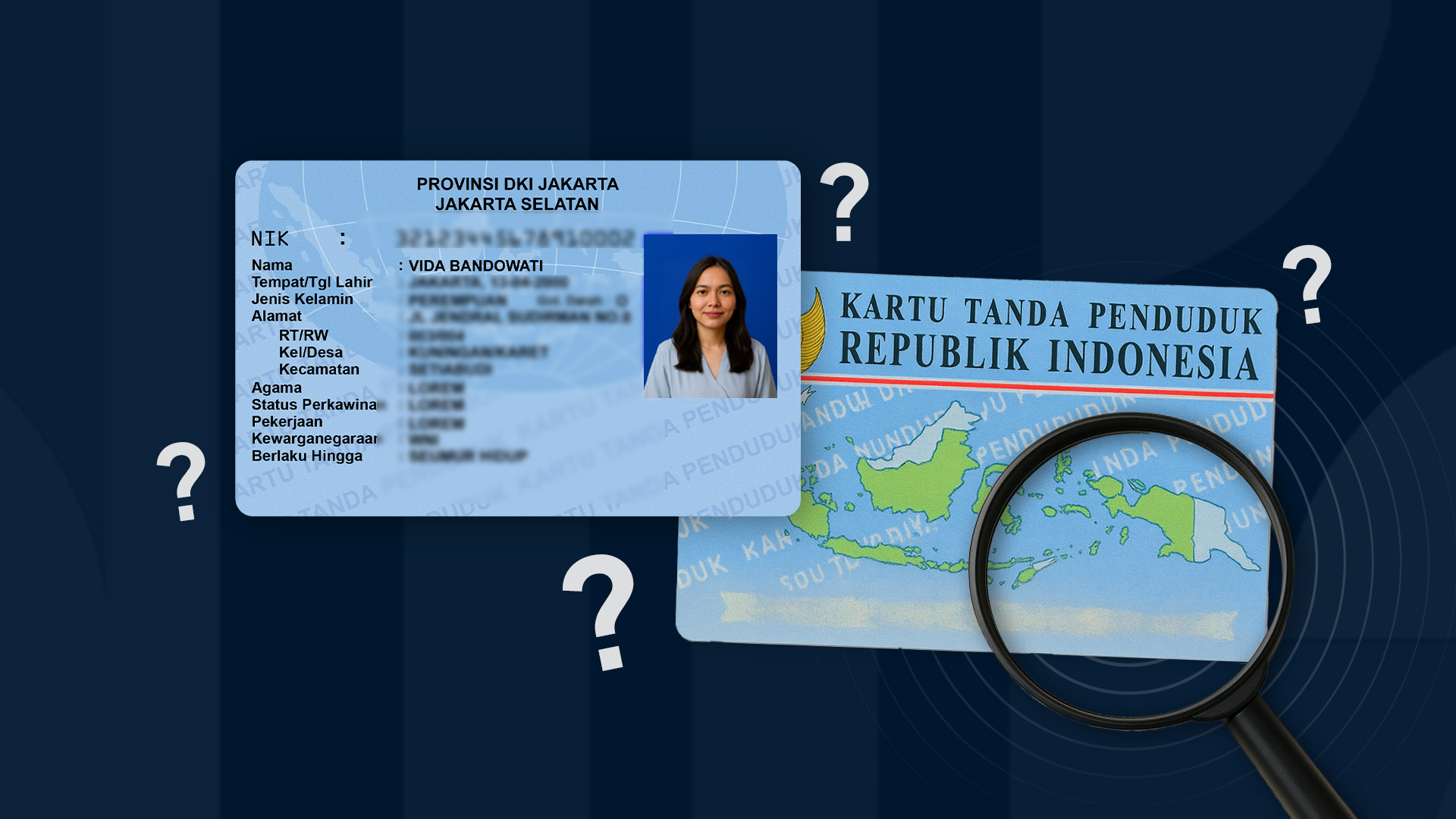Data verification is required in nearly all critical processes involving information, analysis, and decision-making. Improperly verified data can harm both the data owner and the party processing the data.
So, what is the purpose of data verification and why is it so crucial? What are some examples of data verification in various industries? This article provides a comprehensive explanation. Let’s dive in!
In today’s digital era, data is everywhere, making verification a non-negotiable process. Unverified data can lead to inaccurate analysis, data misuse, or even serious threats to user security and organizational reputation.
This article will thoroughly explore what data verification is, its goals, and how it is applied across industries and businesses.
Definition and Types of Data Verification
In general, data verification is the process of confirming that the collected data is valid, accurate, and matches its original source. Verification occurs before data is stored or further processed to prevent errors, manipulation, or fraud.
According to the IBM Data Quality Guide, verification is part of data quality control aimed at maintaining the integrity and consistency of information within an information system or database.
Examples of Data Verification by Sector:
1. Inventory Management
Verification ensures that recorded stock levels match the actual stock in the warehouse. Mistakes in stock data can cause surplus or shortage, disrupting deliveries and customer satisfaction.
Example: Using barcode or RFID technology to update stock data in real-time, reducing the need for manual physical checks.
2. Finance
Verification ensures transactional and financial report accuracy, which helps prevent errors and fraud.
Example: Internal audits performed by banks to regularly check transactions and detect discrepancies.
3. Manufacturing
Verification in manufacturing ensures that raw materials and finished products meet quality standards.
Example: Quality checks on raw materials and testing of finished goods before distribution.
4. Logistics & Shipping
Verification ensures products are sent to and received by the correct recipient.
Example: Delivery address verification using automated systems before dispatch.
5. Online Transactions
In banking, e-commerce, and fintech, verification prevents fraud and ensures that only legitimate users conduct transactions.
Example: Identity and biometric verification during online account openings to confirm the person behind the data is real.
Examples of Personal Data Verification
In the age of fully digital transactions, here are key examples of data verification methods used to ensure information accuracy and authenticity:
1. Document Verification
This method verifies whether identity documents like ID cards or passports are genuine and not tampered with. It’s critical for fraud prevention, especially for digital services like account registration or loan applications.
2. Face Liveness Detection
A biometric method to confirm a real person is present during the verification—not a video or image manipulation. With the rise of deepfakes, face liveness helps ensure authentic biometric verification.
-
Passive Liveness Detection: No user interaction required; detects natural facial movements.
-
Active Liveness Detection: Users perform specific actions like blinking or nodding.
-
Image Manipulation Detection: Identifies if the face shown is edited or deepfaked.
-
Image Quality Analysis: Checks lighting, sharpness, and resolution to ensure accurate results.
3. Income Verification
Used to assess a person's financial eligibility before granting services like loans or insurance.
Example with VIDA:
-
User applies for a financial product (e.g., credit card).
-
System analyzes data and runs credit scoring.
-
Income is matched against national ID (NIK) and official sources.
-
Verification results help decide whether to approve the application.
4. Optical Character Recognition (OCR)
OCR extracts information from physical or image-based documents and converts it into machine-readable digital data.
Example with VIDA OCR:
-
User uploads a photo of their ID (e.g., KTP, SIM, or passport).
-
The system enhances image quality (contrast adjustment, noise removal).
-
Characters are recognized and digitized.
-
Data is matched against official records.
-
Final output is structured (e.g., JSON format) and ready for backend use.
OCR speeds up user onboarding, especially in e-commerce, fintech, and digital service industries.
Why Data Verification Matters
Verification is not only for security, but also for building a reliable and accountable system. Key objectives of data verification include:
-
Protecting users from account breaches
-
Ensuring valid data input
-
Maintaining reporting accuracy
-
Meeting regulatory compliance
These efforts also help prevent identity theft, document forgery, and sensitive data leaks.
The four solutions, document liveness, face liveness, income verification, and OCR, are all part of VIDA’s digital identity verification system.
Data verification is essential for ensuring security, trust, compliance, and a seamless user experience. VIDA is committed to delivering identity verification solutions that are secure yet easy to use.

.png)


